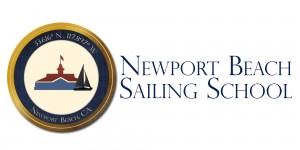ASA 101 – Basic Keelboat
ASA 101, Basic Keelboat Course
Three 4-hour or two 6-hour days on a Harbor 20
Course Price and Scheduling
Group Course: $685 per person. Total of three students–You and two other students, who we match you up with. Please click here to choose your course dates.
Please click here to choose your course dates.
Private Course 1 Student: $1525 total. A private course just for you, based on your schedule. Click here to tell us when you would like to start.
Private Course 2 Students: $1625 total. A private course for you and someone you know, based on your schedule. Click here to tell us when you would like to start.
Private Course 3 Students: $1725 total. A private course for you and two people who you know, based on your schedule. Click here to tell us when you would like to start.
Information about the Course
101 Overview
In this course, you will learn to skipper a sloop-rigged keelboat by day, in light to moderate winds and sea conditions. Learn basic sailing terminology, parts and functions, helm commands, basic sail trim, points of sail, buoyage, seamanship and safety including basic navigation rules to avoid collisions and hazards.
For a full list of all 52 topics (knowledge and skills) that will be covered click below.
Prerequisite – None
Boat utilized and description – Harbor 20
The Harbor 20 is a performance day sailor with classic good looks and plenty of room in the cockpit to make it easy for a small group to learn how to sail. The mainsail is fully battened and the furling jib is self-tacking. There is an electric motor to help you get out of the marina.
Boat location – Balboa Marina, Newport Beach, CA
The boat will be docked at the Balboa Marina where our office is located. This marina has some of the best facilities and is one of the best destinations in Southern California.
- Ample free parking
- Bathrooms and showers
- Two great restaurants with full bars – SOL Mexican Cocina & Tavern House Kitchen and Bar
- Starbucks across the street
- Gas station and minimart across the street
- Subway across the street
What’s included
- ASA 101 textbook “Basic Keelboat Made Easy”
- Fuel, insurance, and safety gear (including life jackets)

